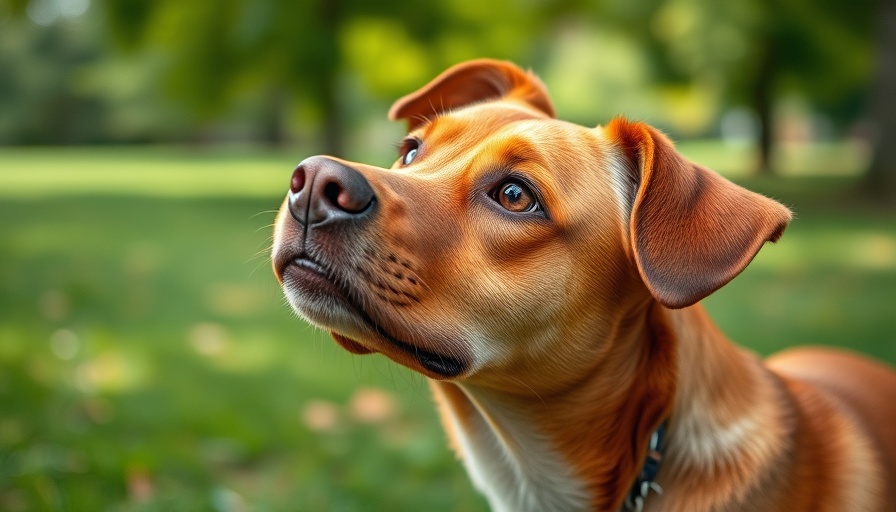
Uncovering the Hidden Gems of the Canine World
While many dog lovers flock to popular breeds like Golden Retrievers and French Bulldogs, the dog world is home to some truly unique breeds that rarely grace the streets—or even the show rings. Understanding rare dog breeds not only enriches our experience as pet owners but also speaks volumes about heritage and the human-dog bond. Here, we explore some of the rarest dog breeds, delving into their characteristics and what makes them special.
The Rarest Breeds Making a Comeback
With changing lifestyles and societal needs, many breeds have faced the brunt of declining popularity. Take the otterhound, for instance. Originally bred for hunting otters, this lovable breed nearly went extinct following a ban on otter hunting in England. Thankfully, thanks to enthusiastic advocates, the otterhound’s numbers are slowly rising. These adaptable, water-loving dogs, equipped with webbed feet, are a joy for adventures both in and out of the water.
Another breed that exemplifies resilience is the Dandie Dinmont terrier. With their distinctive short legs and fluffy coats, these dogs saw sharp population drops during the World Wars. Yet, today they’re slowly regaining their prominence, loved not just for their looks but also for their cheerful dispositions.
Discovering the Unique Qualities of Rare Breeds
The Cesky terrier from the Czech Republic is another fascinating breed. Gaining recognition only in the late 20th century, these dogs are characterized by their friendliness and easy-going nature. They’re loyal companions, perfect for families and solo dog owners alike. Understanding and promoting such rare breeds allows veterinary professionals, trainers, and rescue organizations to tailor their services to fit the needs of these unique canine companions.
The Emotional Connection: Why Rarity Matters
For pet advocates, the rarity of certain breeds amplifies the emotional connection we establish with them. Each dog has a story, shaped by its history and relationship with humans. When you adopt from these lesser-known breeds, you’re not just gaining a pet; you’re supporting the revival of a rich heritage. The struggle many rare breeds face to fight for their existence resonates deeply, notably among pet grief counselors and advocates who see the value in preserving all breeds, no matter how rare.
Community Awareness and Support
Veterinarians, trainers, and pet accessory developers play a pivotal role in championing rare breeds. More than just medical professionals, they can educate pet owners about the unique dietary and health needs of these breeds. This generates a whole new realm of products aimed at supporting their health and well-being. Additionally, fostering partnerships with rescue organizations can ensure that the needs of these breeds are met in shelters, giving them a fair chance at finding a loving home.
Looking Ahead: Opportunities for Advocacy
The future looks bright for rare dog breeds if we continue to advocate for their existence. By promoting awareness through community education and supporting responsible breeding practices, we can ensure that these breeds do not disappear forever. Whether it’s through organizing events or creating informative campaigns, there are numerous ways to empower pet lovers and prospective owners.
It's essential for pet manufacturers and advocates to hear the call for unique pet items that cater to rare breeds. This not only satisfies the market demand but also fosters an appreciation for diversity in dog breeds.
Final Thoughts: Embracing Rarity in Our Lives
In the grand tapestry of canine companionship, every breed has its place, whether common or rare. By embracing the rarity of certain breeds, we allow ourselves to explore the richness of canine diversity. As pet parents, by fostering an appreciation for these rare breeds, we create opportunities for unforgettable friendships and support efforts aimed at their preservation.
 Add Row
Add Row  Add
Add 




 Add Row
Add Row  Add
Add 


Write A Comment